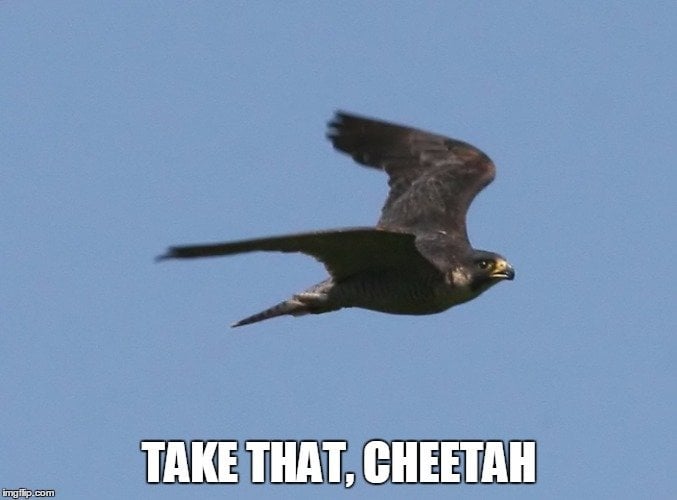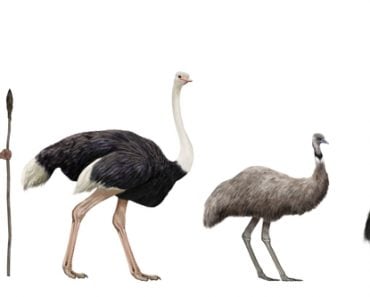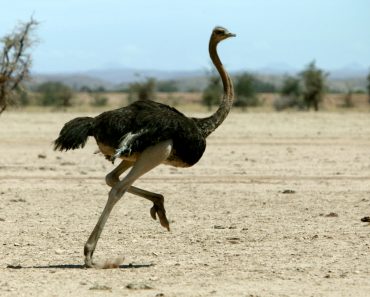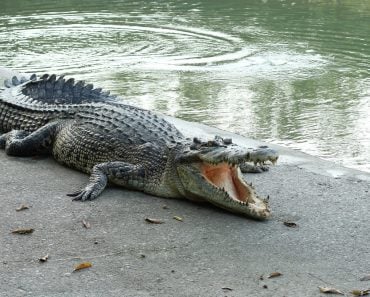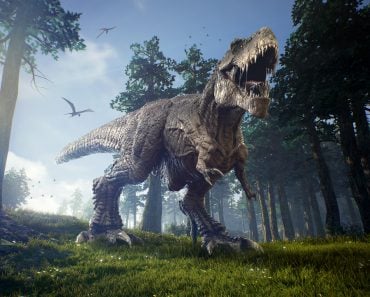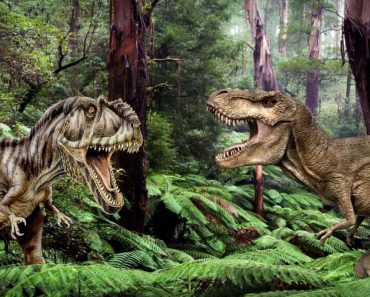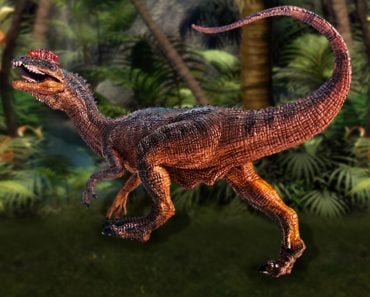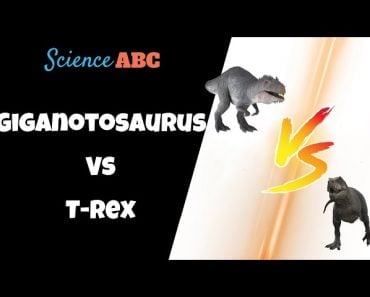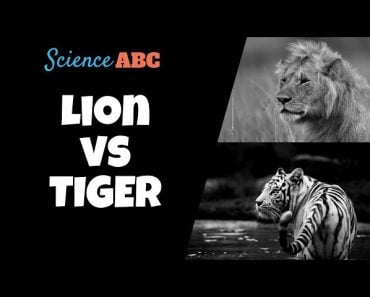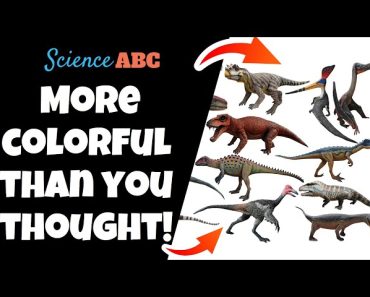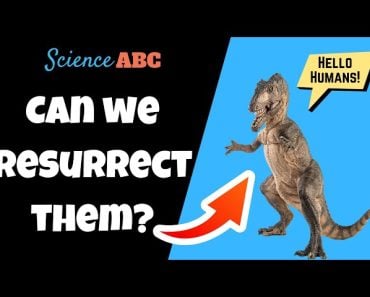Table of Contents (click to expand)
Birds are the descendants of carnivorous dinosaurs, which means they are technically part of the group Dinosauria. The peregrine falcon is the fastest living animal, reaching speeds of more than 325 km/h.
Birds are actually descendants of the carnivorous dinosaurs like Tyrannosaurus Rex and velociraptors. Therefore, by the “all descendants” clause, birds are also part of the group Dinosauria, and in effect, are a kind of dinosaurs.
Quick question… What is the fastest living animal on Earth? The correct answer is technically a human being (or a monkey) in a rocket, but if you said that, you’re a bit of pedantic bore. No, I don’t care if it’s technically correct, because it’s not the answer I’m looking for. The most common answer is the cheetah, obviously, but unfortunately, that is also wrong. “Now, wait a minute,” you say, “I’ve had my share of general knowledge in school and I know for a fact that nothing can run faster than a cheetah.” Well, you’re right, nothing can run faster than a cheetah, which makes it the fastest land animal currently on Earth, just not the fastest in history.
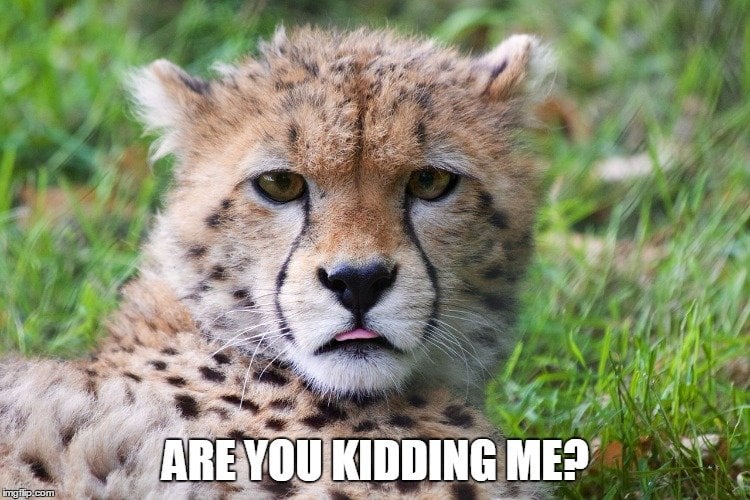
This is because running is not the only method of moving from one place to another, so therefore, it turns out that the fastest living animal (apart from humans) is a species of flying dinosaur.
Wait, what?
Yes, I know what you’re thinking. Dinosaurs are supposed to be extinct. Except, and I’m sorry to break this news to you, that they’re not. Dinosaurs are actually very much alive and thriving, and they can be found all over the world. To answer how exactly this is possible, we have to ask a very fundamental question.
Recommended Video for you:
What The Heck Is A Dinosaur?
A dinosaur is a member of a biological group (or clade) called Dinosauria, which basically means “terrible lizards”. The name is somewhat misleading, as dinosaurs were warm-blooded and capable of social interaction, unlike modern-day reptiles. Dinosauria itself consists of two sub-groups, Saurischia and Ornithischia. Ornithischia is made up of extinct beaked, herbivorous dinosaurs like triceratops and stegosaurus. Ornithischia means “bird-hipped”, a name given to them because their hips resembled those of birds. This is quite ironic, because it was the other group, Saurischia (“lizard-hipped”) that gave rise to modern birds.
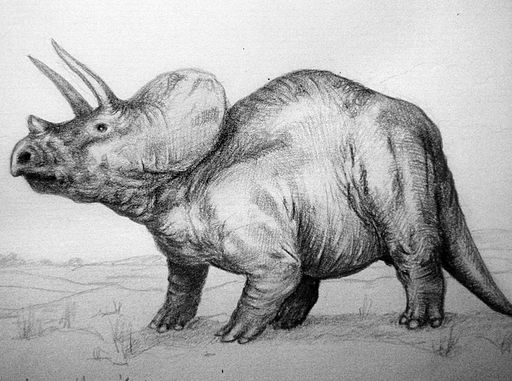
Saurischia is a much more diverse group of animals. All carnivorous dinosaurs belong to this group, as do the sauropods, which were long-necked giant herbivores like allosaurus and brachiosaurus.
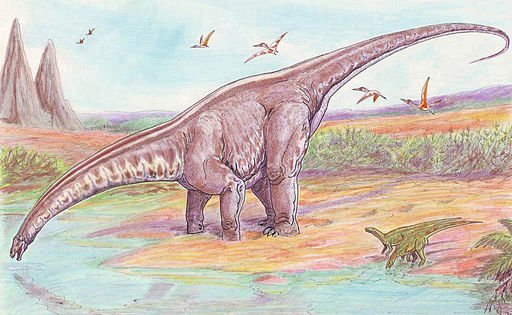
That still does not answer the question of how dinosaurs are still alive, does it? Well, the problem starts with how a group is technically defined.
Also Read: Are Birds Really Reptiles?
How Are Biological Groups Defined?
We all know that new species are formed by splitting off from earlier, now-extinct species and we bunch related species together in a group. Now, biology demands that all descendants of a species must be of the same group as the species itself. In fact, this is how a specific group is defined. For example, the group great apes (Hominidae) is defined as one that consists of orangutans, humans, their most recent common ancestor (MRCA) and all the descendants of this ancestor. This is because orangutans are our most distant ape relatives, even further off than gorillas and chimpanzees.
Thus, the MRCA represents the species where the line of orangutans split from the line of gorillas, chimpanzees and humans, so by including all its descendants, we make sure that all members of the group are more closely related to each other than to any animal outside the group. Imagine if we excluded humans from this group of great apes. Then, we would have a problem with the remaining members. Chimpanzees are more closely related to humans than they are to gorillas and orangutans. Thus a group that contains chimpanzees, but not humans, makes no sense.
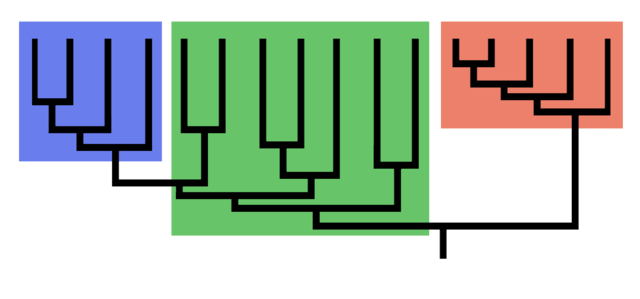
This is why we have that “all descendants” clause going; it just makes more sense. Are you with me so far? Hold on then, we’re almost there.
Also Read: What Is A Pterodactyl?
Back To Dinosaurs…
Now, remember how we said that the group Saurischia gave rise to modern-day birds? Well, birds are actually descendants of the carnivorous dinosaurs like Tyrannosaurus Rex and velociraptors. Therefore, by the “all descendants” clause, birds are also part of the group Dinosauria. Yes, that’s right, birds are not descended from dinosaurs, they actually are dinosaurs. It might sound weird, but it makes sense. Because birds are in the group Saurischia, the common sparrow is more closely related to T. Rex than T. Rex is to triceratops and stegosaurus, both genetically and physically.

Also, popular movies have distorted our idea of how dinosaurs look.
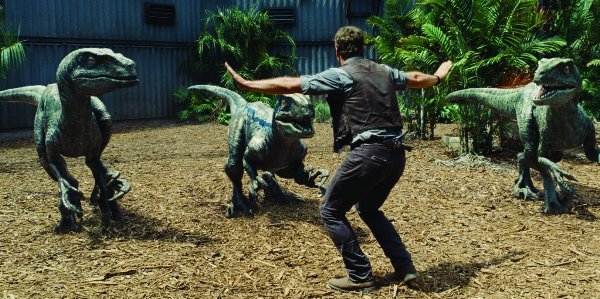
Because all we have from ancient dinosaurs (scientists now call them non-avian dinosaurs, as in dinosaurs which are not birds) are bones, for years we had no idea what their skin looked like. Now, however, it is widely accepted that non-avian dinosaurs, like microraptors, also had feathers and showed remarkably bird-like behaviors.
Coming back to the question we posed in the beginning, the fastest animal in the world is a bird – the peregrine falcon – which dives from high above to capture other birds and can achieve speeds of more than 325 km/h in those dives. Now, you might think of this as just a trick of changing definitions, all I’m saying is that a world where the fastest animal is a dinosaur that hunts others dinosaurs by swooping down on them from above and grabbing them with their claws is a world that I would love to live in. Oh wait…I already do!
